
“Searenity”


“Ahh-Da-See” “Salty Tango”

“Sea-Esta”

“High Hopes”

“Riff Raff”

“Tenacious”

“Bliss”


Halloween Fun Shark Bite out of the Hornblower




Marine Surveyors
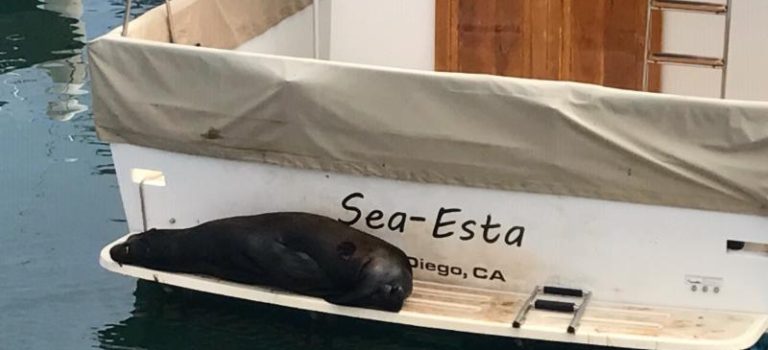

“Searenity”


“Ahh-Da-See” “Salty Tango”

“Sea-Esta”

“High Hopes”

“Riff Raff”

“Tenacious”

“Bliss”


Halloween Fun Shark Bite out of the Hornblower





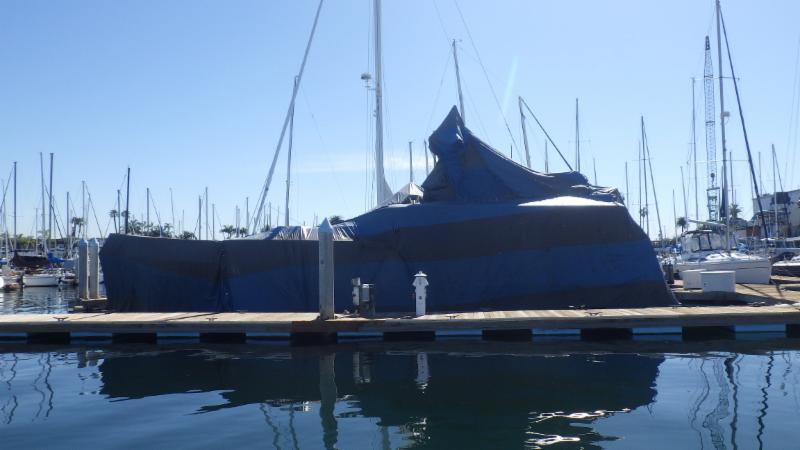
Boat in a Tent
 While airborne termites do not do as much damage as subterranean termites, they are never-the-less a problem for boaters. Even fiberglass boats use wood in their construction for bulkheads, stingers, interior and core.
While airborne termites do not do as much damage as subterranean termites, they are never-the-less a problem for boaters. Even fiberglass boats use wood in their construction for bulkheads, stingers, interior and core.


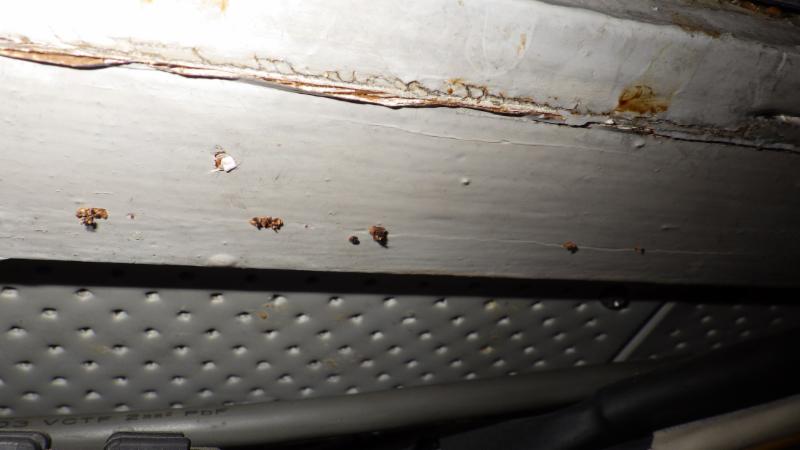
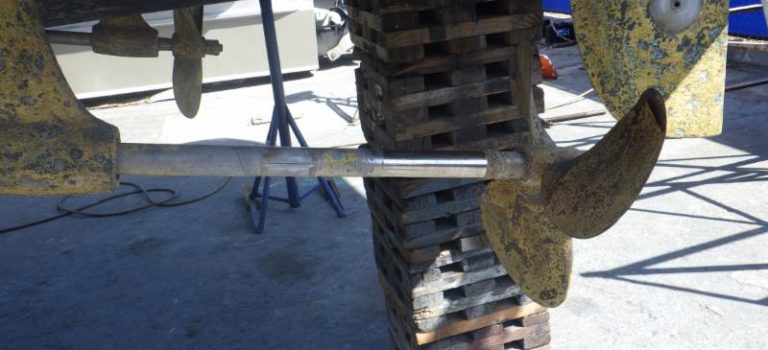
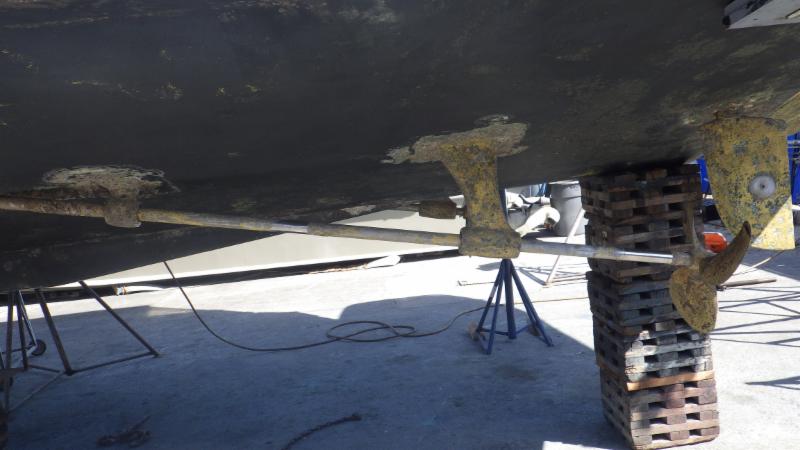
Do you see anything wrong in this picture?
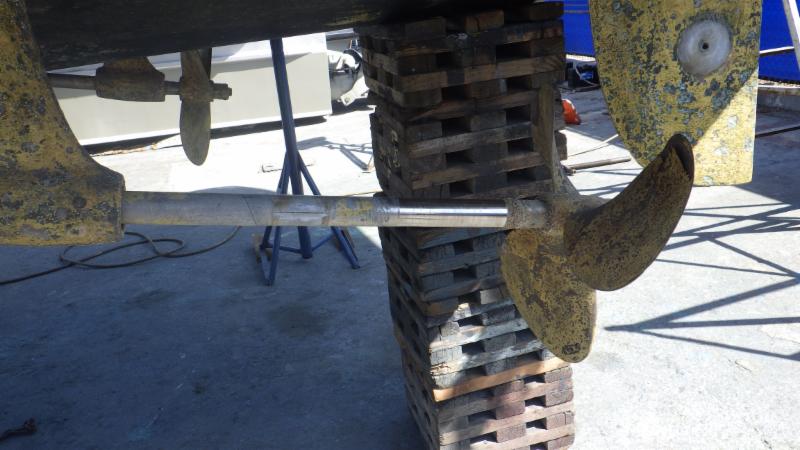
How about now, compare the two propeller shafts
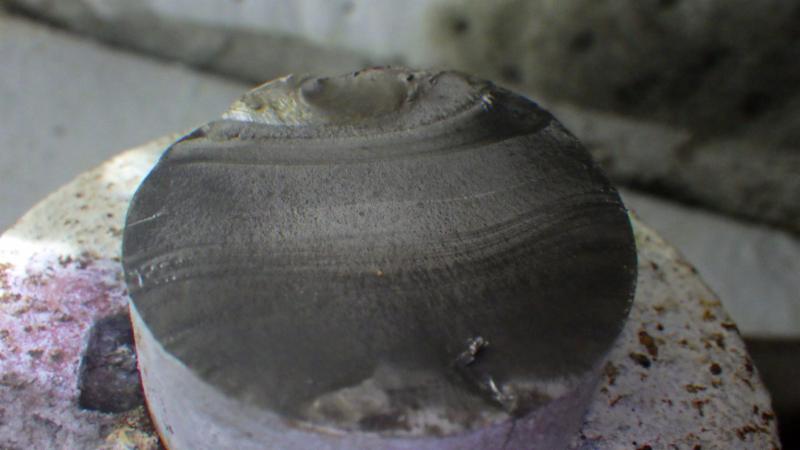
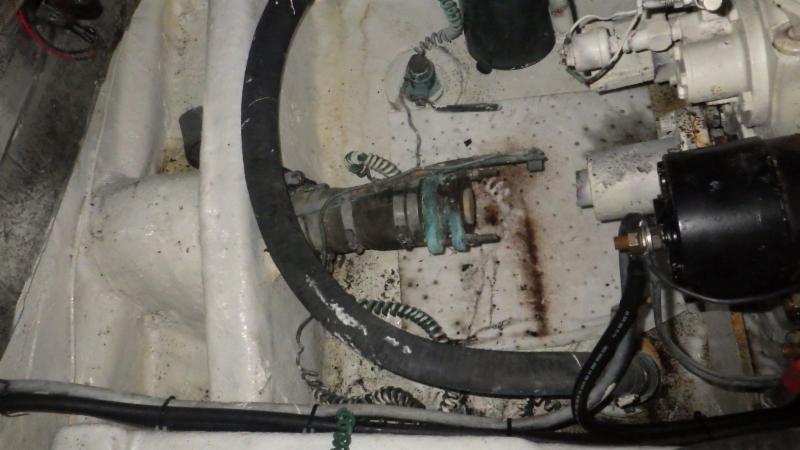
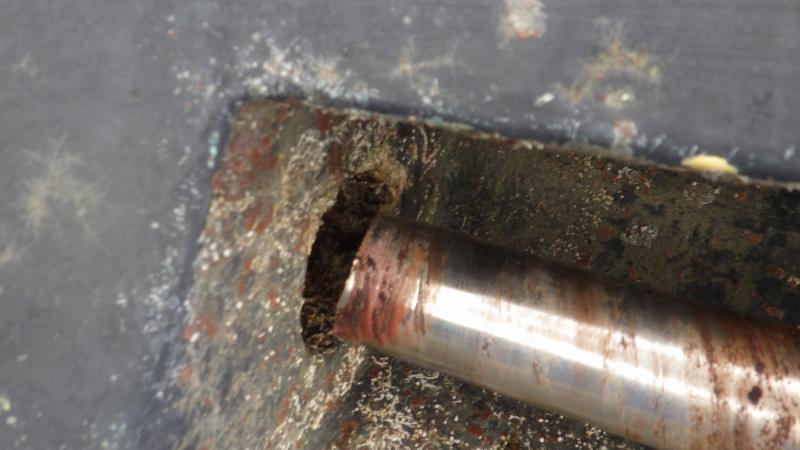
|
|
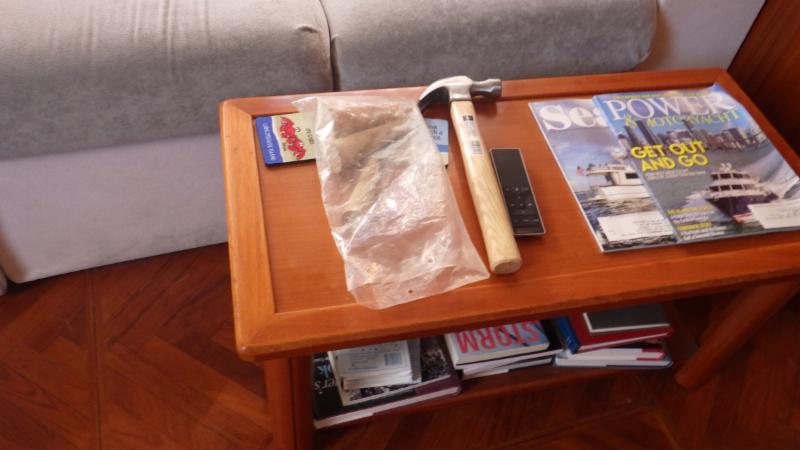
Emergency wooden dowels and installation tool
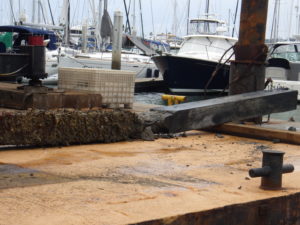
The basic idea of a neutral safety switch is to prevent starting a boat’s engine when its transmission is “in gear”. This prevents the boat from moving suddenly and unexpectedly when an engine is started and is a good safety feature. An unexpected sudden movement of a boat can be catastrophic.
Recently a 90’ motor vessel’s engine started in gear and damaged the dock to which it was secured. Fortunately there were no injuries. There were several contributing causes, including a new operator unfamiliar with the systems and either no neutral safety switch or one that didn’t work.
I polled a few mechanics and inquired if they test the neutral safety switch function during mechanical surveys. Most do not.
The mechanics all mentioned that many boats don’t have these devices. One mechanic/surveyor said that most sailboats don’t have them. A Detroit Diesel specialist said that Jimmy’s usually don’t have them, but I was on a 118’ Hatteras at the moment that did have them on all three 12V92’s. Most small boats with outboards, outdrives and gasoline inboards have a neutral safety switch in the engine control handle. Some transmissions have the switch mounted on the shift lever. Hydraulic and pneumatic controls (like the one in the 90’ MY) can have them, but many do not. Most new electronically controlled engines do have them as part of the control system.
What this means to us as boaters is we can not assume our boat has a neutral safety switch and we should know so we can take proper actions to prevent an accident. There is a way to safely test the neutral safety switch. The basic idea is to find the switch’s wires, check for continuity in neutral and make sure continuity is broken when the transmission control is not in neutral. For those interested in a bit more technical specifics see the following from Ricky at Advanced Marine Power:
“Safely checking the switch would entail using a voltmeter/multimeter with the ability to read resistance/ohms. Place the two leads of the meter on each wire/terminal of the neural safety switch. Set the meter to read ohms; this will check for electrical continuity. Turn the ignition key on, but do not start the engine. There should be a resistance value on the meter, signifying that the electrical circuit has continuity. With the key still on, engine not running, shift the transmission into forward. Check the meter. There now should be no resistance value, or “OL”. This signifies that the electrical circuit does not have continuity, and thus will not allow the engine to start. Repeat the process by shifting into reverse.”
Then there is the layman’s method, put the transmission control in gear and try to start the engine. If you are ready for it, you should be able to control throttle and dock lines so that if it does start, you don’t hurt anything. You can also just bump the starter, versus starting the engine.
Either method will give you crucial information as to the function of your engine starting system and reduce the potential for surprises, boat or dock damage or worse.
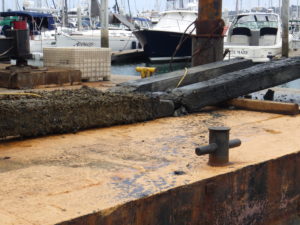
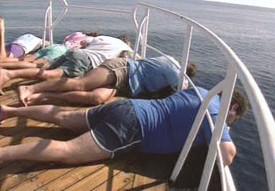
When the eyes perceive a different movement than the inner ear experiences the result can be sea sickness for a boater. While this is the common belief, the actual cause of sea sickness is not agreed upon by the medical community. Approximately 30% of the population is relatively immune to sea sickness while another 30% gets very little relief from common medications.
The research supports my personal experiences with sea sickness. While I have been sea sick, and understand the feeling, it is rare for me but three of our family of five are prone to it. Research suggests anxiety about sea sickness contributes to its frequency and rest and hydration help prevent it.
Eating lightly, including snacks such as ginger snaps and pretzels is preferred to not eating or to eating greasy or acidic foods. Wind across your face and staring at the horizon are proven to reduce discomfort and avoid others who are sick. Driving the vessel (and driving the car) is also helpful. Your senses tend to agree when you are in control of the boat and watching the seas. The back of smaller boats and amidships near the water line in ships generally has less movement. Staring at the horizon on deck is preferred to confusing your senses down below. An easy rule to remember is back of the boat and front of the plane.
If one of the crew is sick, exercise caution if they are heaving over the side of the boat. Sea sickness is bad but a person overboard, particularly in heavy weather, is worse.
There are both homeopathic and “western medical” means for prevention and acute treatment of motion sickness. Homeopathic treatments generally have little to no side effects. Research indicates that some treatments are extremely effective on some people, thus trying various treatments is suggested. Unfortunately there are so many variables and unknowns in motion sickness, your personal research may take a long period of time and accurate record keeping to be effective.
A common homeopathic treatment is acupressure or electro acupuncture on the T6 pressure point. This is the pressure point approximately two fingers up the forearm from the wrist. There are a multitude of wristbands and bracelets which apply pressure to this pressure point. There are electric wrist bands with variable intensity settings and both of these methods are effective on some.
There is an extensive amount of medication available for sea sickness. Primarily anticholinergics and antihistamines are used. Scopolamine is usually applied as a patch behind the ear and it works as both prevention and treatment for sea sickness. Antihistamines such as Dramamine and Bonine are most effective as preventative medicines and need to be ingested one to two hours prior to departure. The common side effects include drowsiness and dry mouth.
A non FDA approved medicine Cinnarizine (brand name Sturgeon) is mentioned in several studies and may be the most effective antihistamine with fewest side effects.
NASA and the U.S. Navy use conditioning and de-sensitization to reduce motion sickness in astronauts and pilots. So get out there, boat more often, and stop worrying about getting sick.

Here are a two of many helpful sites:
https://www.wholesomeone.com/condition/motion-sickness-natural-treatments
http://www.webmd.com/drugs/condition-13723-Prevention+of+Motion+